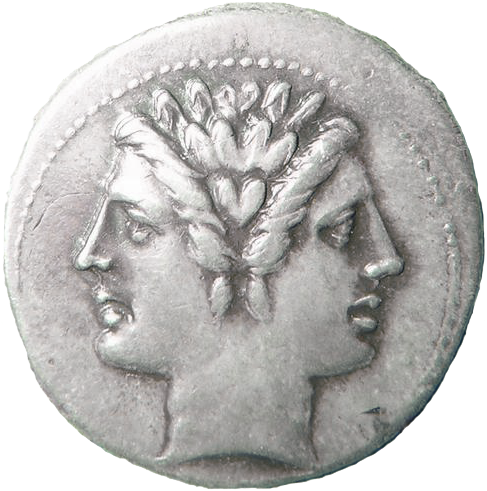Everyone thinks they understand probability, but every so often, something comes along that shows that maybe you don’t actually understand it at all. The Monty Hall problem is a great example of something that seems very counterintuitive and teaches us to be very wary of "common sense".
The problem got its fame from a 1990 column written by Marilyn vos Savant in Parade magazine. She posed the problem and provided the solution, but the solution seemed so counterintuitive that several math professors and many PhDs wrote to her saying she was wrong. The discussion was so intense, it even reached the pages of the New York Times. But vos Savant was indeed correct.
The problem is loosely based on a real person and a real quiz show. In the US, there’s a long-running quiz show called ‘Let’s make a deal’, and its host for many years was Monty Hall, in whose honor the problem is named. Monty Hall was aware of the problem's fame and had some interesting things to say about it.
Vos Savant posed the Monty Hall problem in this form:
- A quiz show host shows a contestant three doors. Behind two of them is a goat and behind one of them is a car. The goal is to win the car.
- The host asked the contestant to choose a door, but not open it.
- Once the contestant has chosen a door, the host opens one of the other doors and shows the contestant a goat. The contestant now knows that there’s a goat behind that door, but he or she doesn’t know which of the other two doors the car’s behind.
- Here’s the key question: the host asks the contestant "do you want to change doors?".
- Once the contestant decided whether to switch or not, the host opens the contestant's chosen door and the contestant wins the car or a goat.
- Should the contestant change doors when asked by the host? Why?
What do you think the probability of winning is if the contestant does not change doors? What do you think the probability of winning is if they do?
Here are the results.
- If the contestant sticks with their choice, they have a ⅓ chance of winning.
- If the contestant changes doors, they have a ⅔ chance of winning.
What?
This is probably not what you expected, so let’s investigate what’s going on.
I’m going to start with a really simple version of the game. The host shows me three doors and asks me to choose one. There’s a ⅓ probability of the car being behind my door and ⅔ probability of the car being behind the other two doors.
Now, let’s add in the host opening one of the other doors I haven’t chosen, showing me a goat, and asking me if I want to change doors. If I don’t change doors, the probability of me winning is ⅓ because I haven’t taken into account the extra information the host has given me.
What happens if I change my strategy? When I made my initial choice of doors, there was a ⅔ probability the car was behind one of the other two doors. That can't change. Whatever happens, there are still three doors and the car must be behind one of them. There’s a ⅔ probability that the car is behind one of the two doors.
Here’s where the magic happens. When the host opens a door and shows me a goat, there’s now a 0 probability that the car’s behind that door. But there was a ⅔ probability the car was behind one of the two doors before, so this must mean there’s a ⅔ probability the car is behind the remaining door!
There are more formal proofs of the correctness of this solution, but I won’t go into them here. For those of you into Bayes theorem, there’s a really nice formal proof.
I know some of you are probably completely unconvinced. I was at first too. Years ago, I wrote a simulator and did 1,000,000 simulations of the game. Guess what? Sticking gave a ⅓ probability and changing gave a ⅔ probability. You don’t even have to write a simulator anymore, there are many websites offering simulations of the game so you can try different strategies.
If you want to investigate the problem in-depth, read Rosenhouse's book. It's 174 pages on this problem alone, covering the media furor, basic probability theory, Bayes theory, and various variations of the game. It pretty much beats the problem to death.
The Monty Hall problem is a fun problem, but it does serve to illustrate a more serious point. Probability theory is often much more complex than it first appears and the truth can be counter-intuitive. The problem teaches us humility. If you’re making business decisions on multiple probabilities, are you sure you’ve correctly worked out the odds?
References
- The Wikipedia article on the Monty Hall problem is a great place to start.
- New York Times article about the 1990 furor with some background on the problem.
- Washington Post article on the problem.
- 'The Monty Hall Problem', Jason Rosenhouse - is an entire book on various aspects of the problem. It's 174 pages long but still doesn't go into some aspects of it (e.g. the quantum variation).















